Bone health is a critical aspect of overall well-being, often overlooked in discussions about fitness and health. Strong bones are foundational for mobility, stability, and long-term quality of life. This blog explores various exercises that enhance bone density and strength. From walking and jogging to strength training and yoga, each activity plays a unique role in bone health. Understanding these exercises and integrating them into a regular routine can lead to significant improvements in both bone strength and overall physical health.
Contents
Walking And Jogging
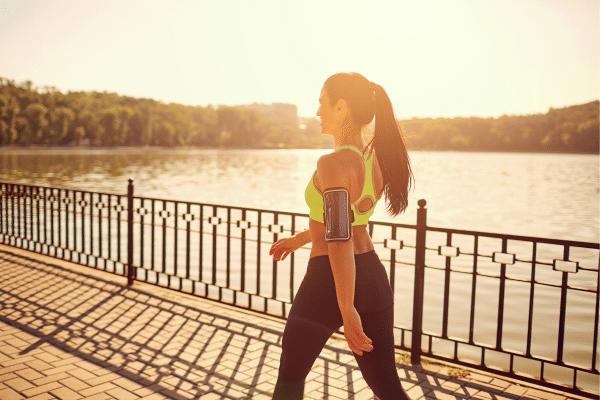
Walking and jogging are excellent starting points for improving bone health. These weight-bearing exercises apply gentle stress to the bones, particularly in the hips and spine, stimulating bone growth and density. They are easily accessible for most people and require minimal equipment. Regular walking or jogging, even for short durations, can have profound effects on maintaining and improving bone health, especially in the lower body.
Incorporating walking and jogging into a daily routine can be straightforward. Start with shorter distances or durations and gradually increase intensity. It’s important to consider footwear that provides proper support and cushioning to reduce the risk of injury. For those with joint issues or older adults, brisk walking may be more suitable than jogging, still offering significant benefits for bone health.
Strength Training
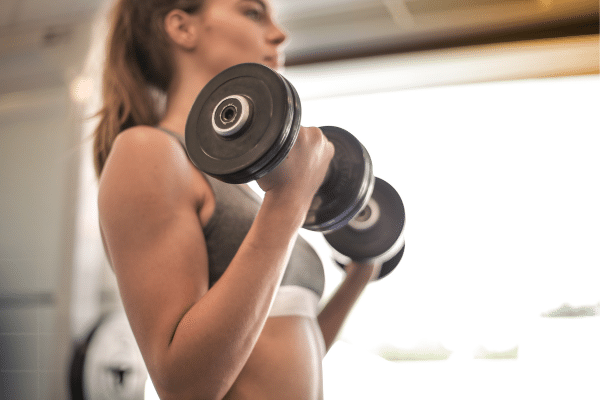
Strength training plays a crucial role in bone health, especially as one ages. It involves exercises that create resistance against muscle movement, thus not only building muscle mass but also enhancing bone density. This type of training can target different body areas, including the arms, legs, and spine, promoting overall skeletal strength. Engaging in strength training can also aid in balance, reducing the risk of falls and fractures.
When starting with strength training, it’s important to focus on form and consistency. Beginners might start with bodyweight exercises like squats or push-ups, gradually incorporating weights or resistance bands. It’s beneficial to include a variety of exercises that target different muscle groups, ensuring a balanced approach to strengthening bones. Adequate rest between sessions is vital to allow bones and muscles to recover and grow stronger.
Yoga And Tai Chi
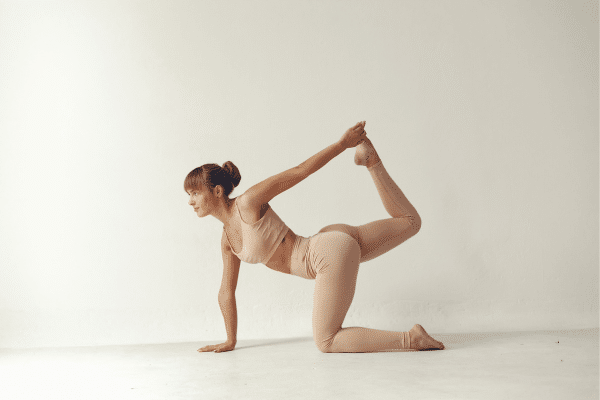
Yoga and Tai Chi, known for their gentle movements and balance-enhancing poses, offer significant benefits for bone health. These low-impact exercises are particularly effective in strengthening joints, improving flexibility, and enhancing overall bone density. The slow, controlled movements in Yoga and Tai Chi help in reducing stress on the bones and joints, making them ideal for people of all ages, especially older adults or those with existing bone conditions.
In Yoga, poses like the Warrior, Triangle, and Tree pose not only enhance balance but also apply gentle pressure on the bones, stimulating bone growth. Similarly, Tai Chi involves a series of flowing movements that improve body awareness and coordination. Regular practice of these exercises can lead to improved posture and spinal alignment, crucial for maintaining bone health and preventing osteoporosis.
Dancing
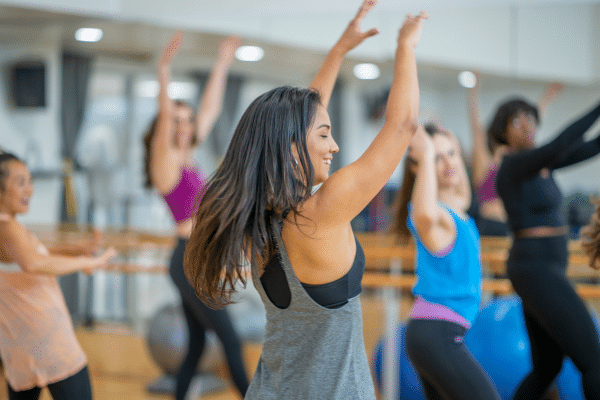
Dancing is an enjoyable and effective way to improve bone health. It combines rhythmic movements with weight-bearing steps, which are essential for strengthening bones. Different dance styles, from ballet to hip-hop, offer varied levels of intensity and impact, catering to a wide range of preferences and physical capabilities. Additionally, dancing improves balance and coordination, reducing the risk of falls, which is particularly beneficial for bone health in older adults.
Incorporating dance into daily life can be as simple as joining a dance class or just dancing at home to favorite tunes. Regular dancing sessions contribute to cardiovascular health and muscle endurance, providing a full-body workout. The diversity of dance ensures that it can be adapted to individual fitness levels, making it a versatile option for enhancing bone strength.
Swimming And Water Aerobics

Swimming and water aerobics are excellent for those seeking bone-strengthening exercises with minimal impact on the joints. The buoyancy of water reduces weight-bearing stress, making these exercises suitable for individuals with joint pain or osteoporosis. While swimming is often perceived as less beneficial for bone health due to its low-impact nature, it actually aids in building muscular strength and endurance, indirectly supporting bone health.
Water aerobics incorporates resistance exercises that are gentle on the bones and joints. Classes often include a variety of movements that target different muscle groups, contributing to overall bone and joint health. These aquatic exercises are particularly beneficial for older adults, providing a safe environment to maintain fitness without the risk of falls or excessive joint strain.
Cycling
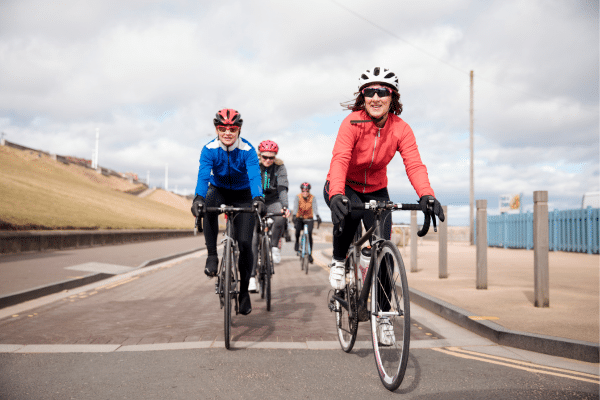
Cycling is a fantastic exercise for enhancing cardiovascular health and lower body strength. While it is a low-impact activity, making it gentle on the joints, cycling effectively works the muscles in the legs, hips, and lower back, supporting these bone areas. Regular cycling can contribute to improved bone density in the lower body, although it should be complemented with weight-bearing exercises for a holistic approach to bone health.
When engaging in cycling, it’s essential to focus on duration and intensity to reap the maximum benefits. Stationary bikes are a great option for those starting out or with balance issues, allowing control over resistance and speed. For outdoor cycling enthusiasts, varying terrains and routes can provide a challenging workout. It’s important to ensure the bike is properly fitted to the rider to avoid strain and to use safety gear, especially helmets, to prevent injuries.
Balancing And Stability Exercises

Balancing and stability exercises are pivotal for improving bone health, particularly in reducing the risk of falls and fractures. These exercises enhance proprioception – the body’s ability to sense its position in space, which is crucial for older adults and those with compromised bone strength. Simple exercises like standing on one leg or using a balance ball can significantly improve stability and strengthen the muscles around the joints, providing better support for the bones.
Incorporating these exercises into daily routines is relatively easy. Activities like heel-to-toe walking, side leg raises, or using a wobble board can be done at home with minimal equipment. These exercises not only aid in developing stronger bones but also improve overall coordination and agility. It’s important to start slow and increase the difficulty of balance exercises gradually to prevent injuries.
The Bottom Line
In conclusion, maintaining and improving bone health is essential for a vibrant, active lifestyle, and the right exercises can make a significant difference. From the weight-bearing impact of walking and jogging to the muscle-strengthening benefits of strength training, each exercise type offers unique advantages. Incorporating a variety of exercises like yoga, dancing, and cycling ensures a comprehensive approach to bone health. Balancing and stability exercises further contribute to preventing falls and injuries. By integrating these activities into a regular fitness regimen, individuals can enjoy stronger bones and a healthier life overall. Remember, it’s important to consult with a healthcare provider before starting any new exercise program, especially for those with existing health conditions.


